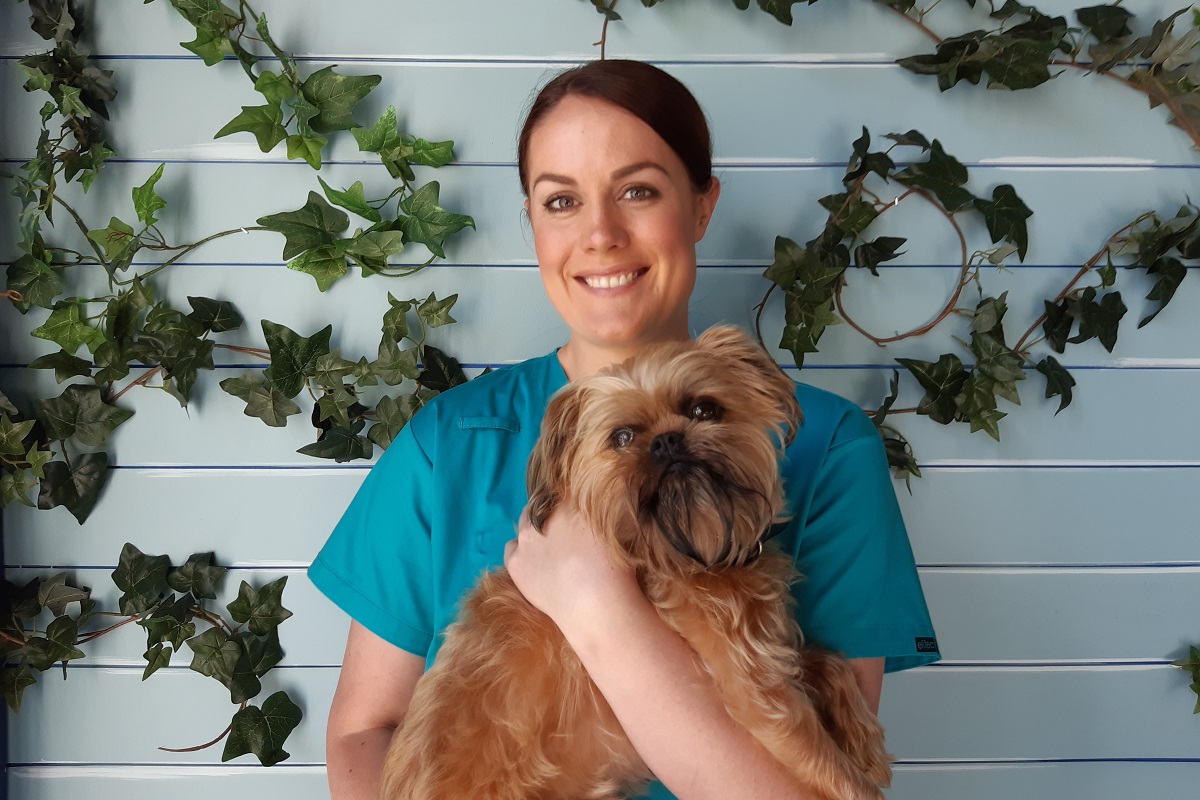This article was written by Dr Bronwyn Orr, President of the Australian Veterinary Association (AVA), for the Aug/Sep/Oct issue of Pet Industry News.
After the past two years, it feels like we’ve hardly had a chance to catch our breath before diving into the ‘new normal’. The boom in pet ownership during the pandemic combined with contact restrictions saw already busy vet clinics stretched to capacity. While it may only take a few months to create a new dog, it takes between 5-7 years on average to create a new vet. Veterinarians often find their work personally and professionally rewarding, however, the long hours, low renumeration, and high stress can make it a challenging role.
At the Australian Veterinary Association (AVA), we are focused on helping veterinarians thrive in their roles so they can have satisfying, successful and healthy careers. We recently launched our THRIVE initiative which is designed to deliver a suite of programs. They include the development of a VET2VET peer support program, development of an industry-specific mental health framework and other initiatives that form a holistic approach to veterinary wellness. We strongly believe that healthy pets need thriving vets. If vets don’t feel satisfied in their careers, shortages already being experienced in our profession may worsen.
In some regional areas, clinics have been forced to close their doors due to a lack of registered veterinarians, meaning pet owners in these communities now have to drive more than 2 hours to receive veterinary care. Other clinics have had to close their books to new pets or institute waiting lists for consultations. Even metropolitan areas have been affected by the veterinary shortage, with cities like Canberra now reporting an after-hours ratio of 1 vet to 40,000 pets.
There are a multitude of reasons why Australia is currently experiencing a veterinary shortage. We can no longer rely on overseas vets to fill our vacancies, with shortages also reported in the USA, Canada, UK, Ireland and New Zealand. We are graduating more veterinarians now than at any other point in time. However, we have high attrition rates that peak 5-7 years post-graduation. The increase in both pet numbers and client expectations has also increased veterinary workloads.
Fortunately, there are things we can do now to improve the situation.
We need to better support the veterinarians we have, by ensuring they have healthy, satisfying, and sustainable careers. Pet owners can demonstrate they are #gratefulforourvets by leaving a positive comment or review or writing a note of gratitude to their local clinic. The pet industry can support veterinarians by getting behind the THRIVE initiative and building close and positive relationships with their vets. Government can support veterinarians by offering incentives for veterinarians to service rural communities, such as HECS forgiveness and schemes that support farmers to engage veterinarians in the development of animal health and welfare plans.
Veterinarians enter this profession because we want to help animals and their owners. Healthy pets need thriving vets, and I believe that we can create a better, safer profession when the community, government and our industry partners work alongside us. At the AVA, we will continue to advocate for veterinarians across all sectors of society until every veterinarian has the chance to lead a satisfying and successful career.
To stay up to date on the latest industry headlines, sign up to the Pet Industry News e-newsletter.

